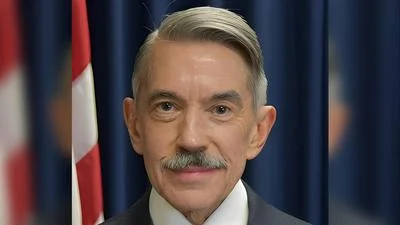The U.S. Environmental Protection Agency teamed up with the Geological Survey, Department of the Interior, Department of Agriculture, National Oceanic and Atmospheric Administration, Puerto Rico Department of Natural and Environmental Resources and Nature Conservancy to mark Earth Day for a two-day virtual conference April 19-20.
According to an April 14 EPA news release, the event included almost 80 moderators and speakers who work with climate change issues in Puerto Rico. Lisa F. Garcia, EPA regional administrator, said the island is in the crosshairs of a volatile climate with many communities in the middle of the climate woes.
““As those of you who live in these beautiful islands know better than most, our climate is in crisis and the time is now to take action. You are bearing the brunt of an increasingly extreme and unpredictable global climate and many island communities are on the frontlines of the climate emergency,” Garcia said in the release. "Scientists also tell us there is still a brief window of time to avoid the very worst consequences of climate change. We must act now and the Biden-Harris administration is committed to doing just that – taking historic action to tackle the climate crisis – and EPA is at the center of achieving the president’s ambitious goals.”
According to the release, the islands of Puerto Rico and Virgin Islands are unique in their dynamics, from the ecology and geography to their history and society. To bridge these dynamics, the conference is bringing together a range of key thought leaders in business, society and non-profit groups.
“Connecting science, policies, programs and people to share climate change knowledge and opportunities can help promote equity and build climate resilience,” William A. Gould, director of the USDA Caribbean Climate Hub said in the release. “Collaborative actions are essential, as climate change impacts of drought, wildfire, hurricanes and sea level rise cross many boundaries.”
PR DNER Acting Secretary Anais Rodríguez Vega noted in the release that more than 60 years ago, the concentration of carbon dioxide in the atmosphere started to increase as a result of rising greenhouse gas emissions, created by people.








